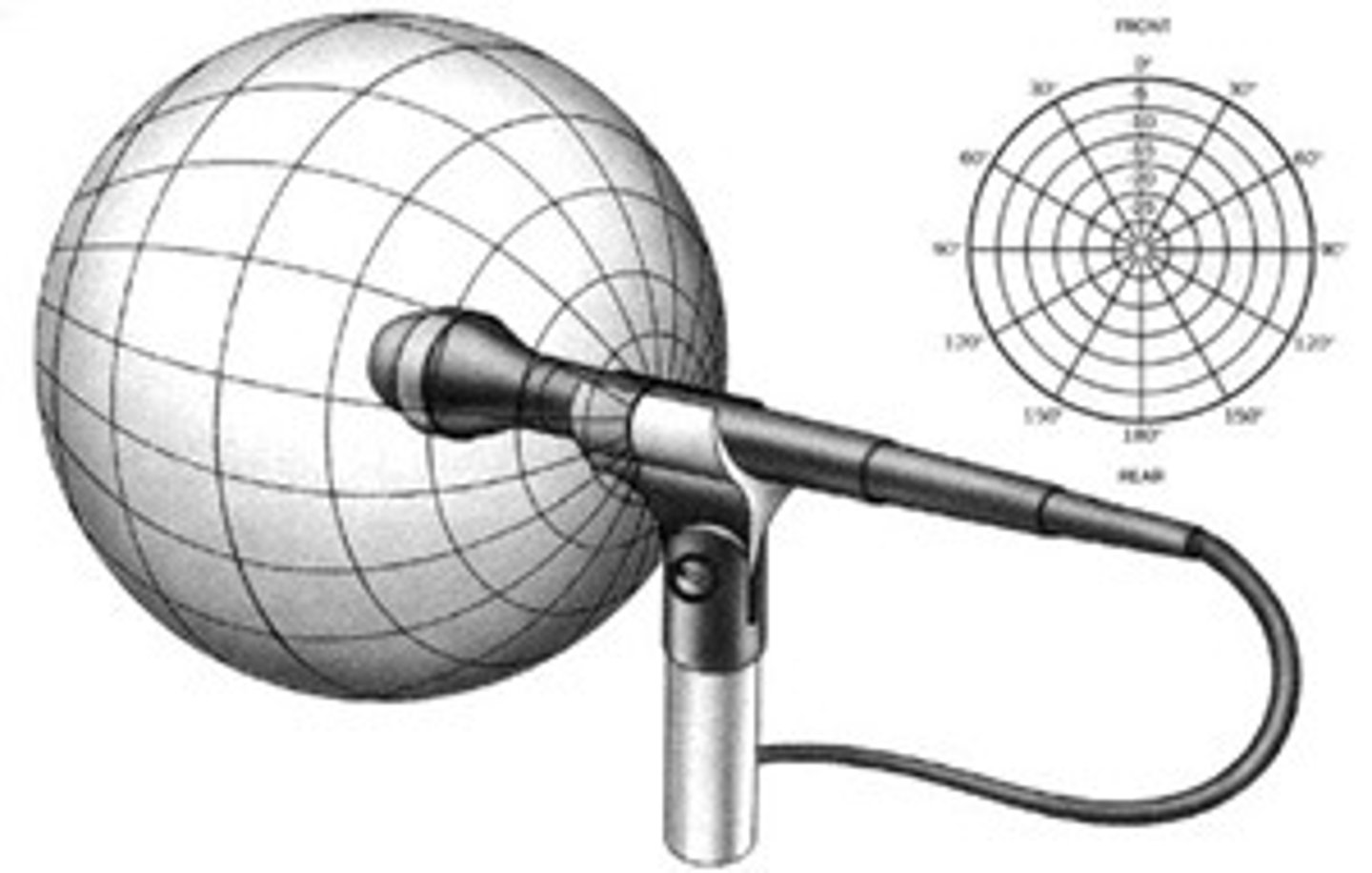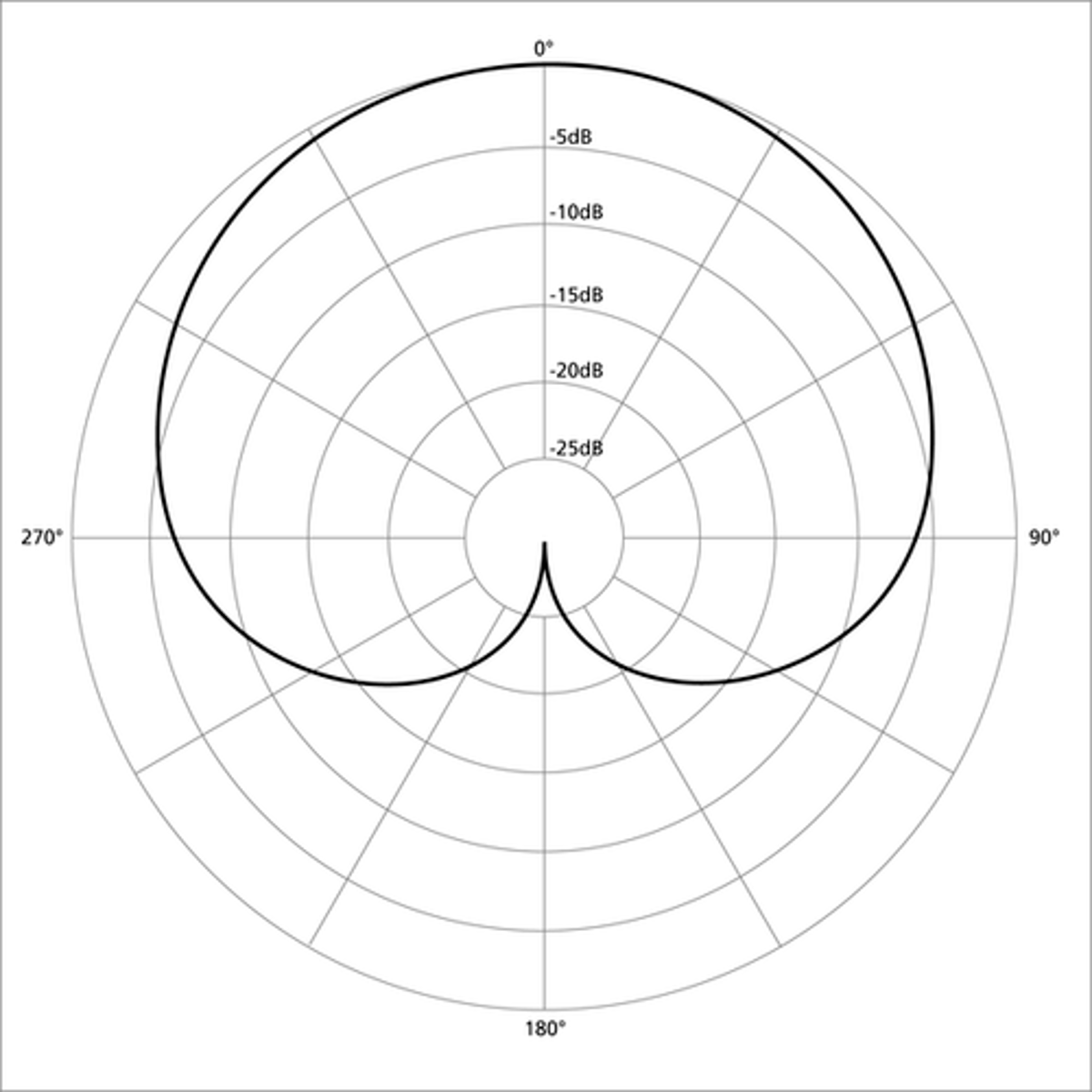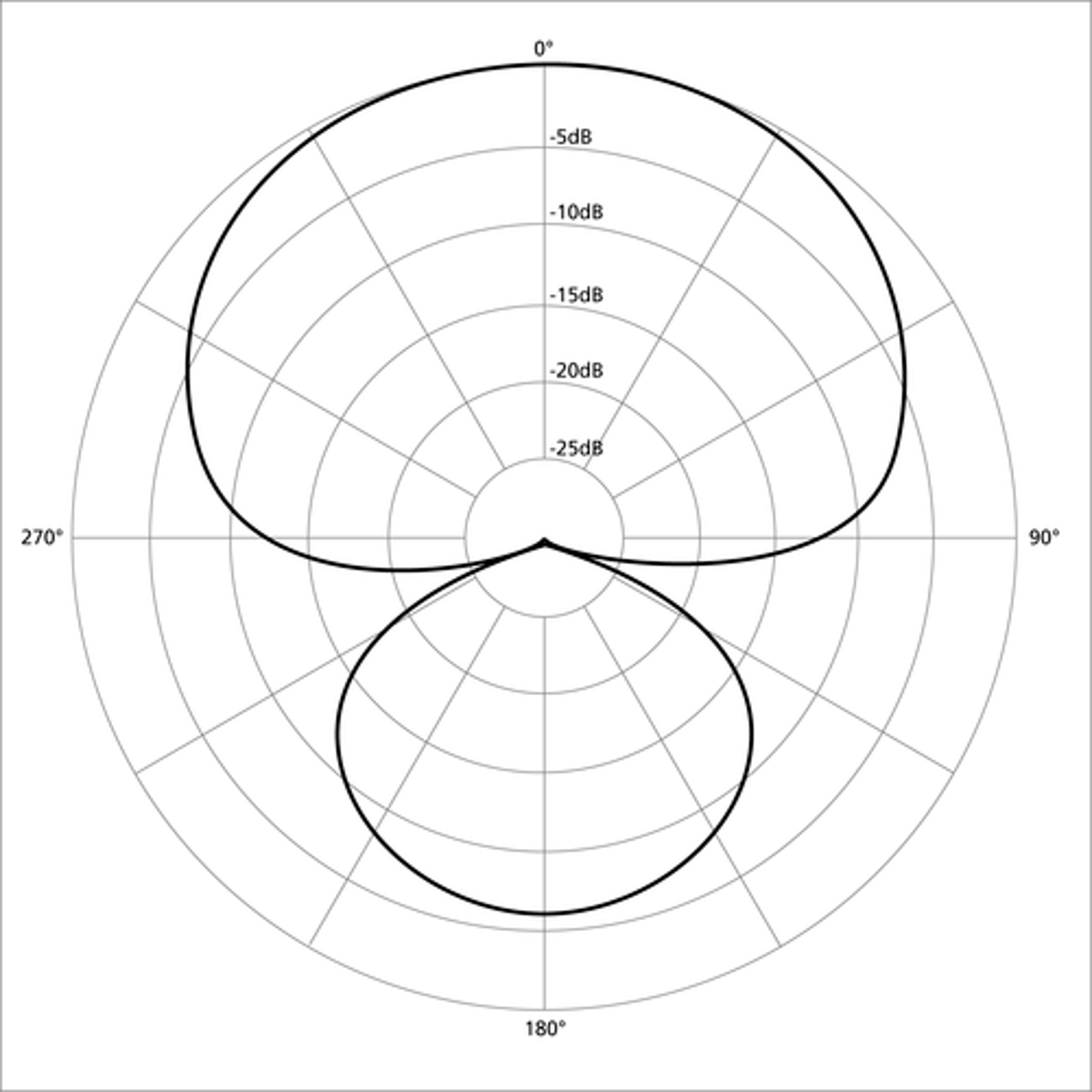Microphones
1/21
There's no tags or description
Looks like no tags are added yet.
Name | Mastery | Learn | Test | Matching | Spaced |
|---|
No study sessions yet.
22 Terms
Dynamic microphones
Do not require a power source, produces mic level signal
Condenser microphones
Pre amplifier needed, power supply may be external phantom or battery
More sensitive to higher frequencies and wider overall frequency response
Electret Microphones
Type of condenser mic, electret provides permanent power to 1 side of capacitor so small batteries or phantom power may be used
MEMS
Used in mics so sensitivity can be increased and on chip processing for amplifier and analog to digital conversion
Phantom power
Remote power, 12-48V DC
Balanced design
Omnidirectional

Cardiod
Pickup generally from one direction, rejected from side, and rejected most at rear

Hypercardiod
Rejects most sound from sides, more sound can be picked up at rear

Supercardiod
Better directionality, better rejection from sides and more rear pickup that hyper
Bidirectional
Pickup equal in opposite directions wth little to none at sides

Sensitivity
Defines a mics electrical output level given a reference sound input. More sensitive = more output
(Condensers more sensitive than dynamic)
Frequency Response
Defines electrical output level over audible frequency spectrum
Polar plots
Represent a mics directionality and frequency response characteristics
Maximum Voltage Transfer/Impedance
A device output impedance should be 1/10th or less than the impedance of the device it is being plugged into
Microphone Impedance
Range of 200 ohms or less for professional mics
Impedance
AC' Opposition to the flow of electrons in an audio signal
Resistance
Opposition of flow of electrons in a DC current
Mic level
only a few mv
Mic pre amp
To amplify the mic signal
Line level
Where all signal routing and processing occurs
1V, 600 ohms for professional audio
Line Level (consumer)
316mv, 10 ohm@ 1kHz - 3.5mm or RCA
Loudspeaker level
after amplfication, 4V?